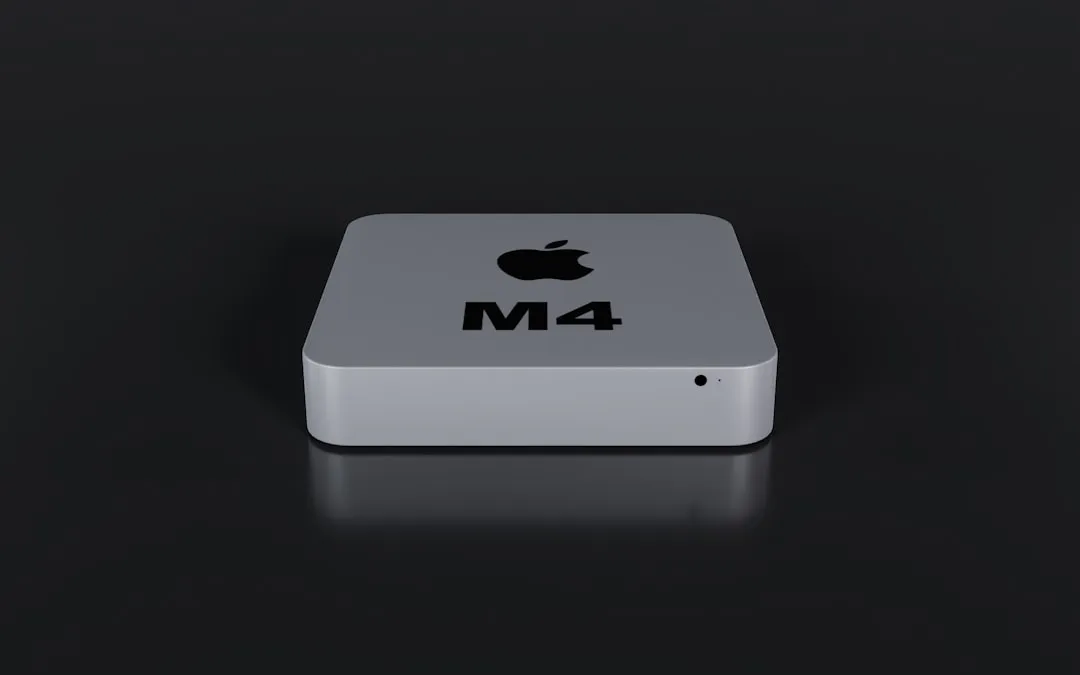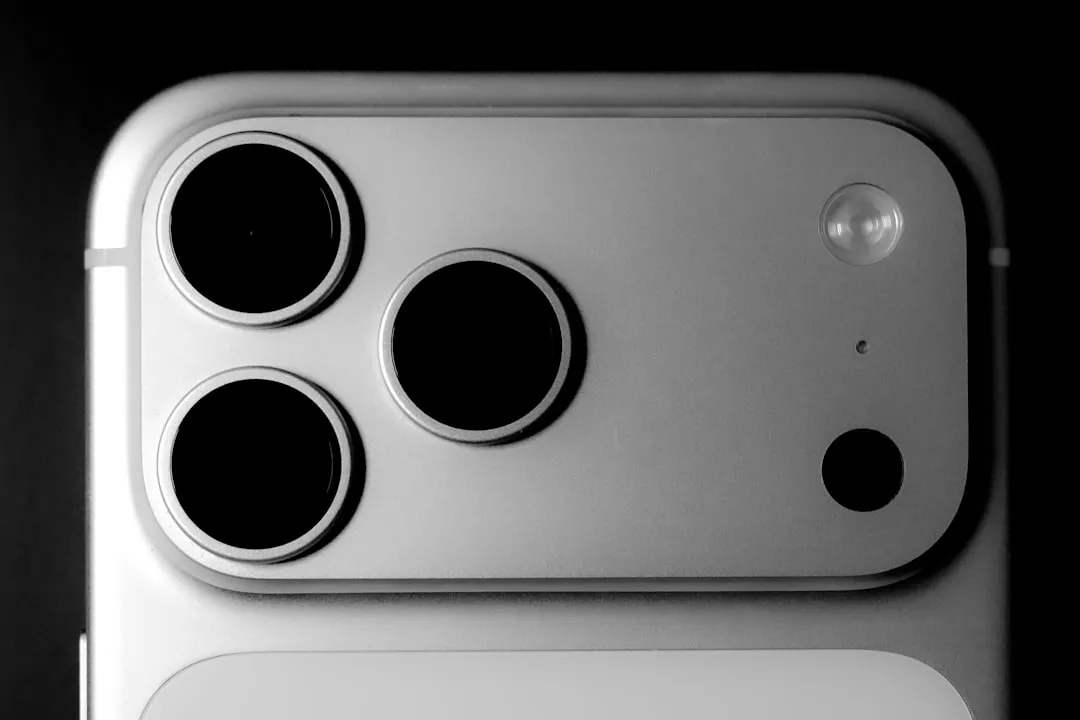Smart glasses have been promising revolutionary experiences for years, but most have fallen short of practical daily use. CNET reports that Meta's second-generation Ray-Ban smart glasses arrived back in October with just camera and audio features, yet they've evolved into something genuinely transformative. Starting at $299 for the original model, these glasses represent the first time smart eyewear has crossed from novelty into necessity. The ZDNet analysis suggests the Meta Ray-Bans are arguably the most successful AI hardware product in the past three years.
What makes these glasses actually smart?
The hardware foundation is surprisingly robust for something that looks like regular eyewear. CNET confirms they're only a little thicker than regular glasses and can be fitted with prescription lenses. That design tackles the big problem that has plagued smart glasses, looking obviously like tech experiments instead of natural eyewear.
Both generations run on the same Snapdragon AR1 chipset, providing consistent processing power for AI features and media capture. The glasses double as Bluetooth headphones with speakers under the arms near the ears, while recording photos and one-minute video clips through an integrated camera system. The audio implementation is particularly impressive. ZDNet testing found the five microphones and two custom-built open-ear speakers deliver audio quality comparable to using earbuds with ambient mode or open-ear headphones.
What sets the second generation apart is the enhanced AI integration. CNET explains that Meta's Ray-Bans can take snapshots of the world and analyze those images with generative AI, then respond through audio. The result, a contextually aware assistant that can understand and interpret your visual environment rather than a simple recording device.
Control happens through voice commands or the touchpad on the right arm, with CNET noting they sync photos and videos to Meta's phone app over a local Wi-Fi connection for seamless content management.
Battery life: the reality behind the claims
Power management is both the biggest improvement and the remaining limitation. CNET found the glasses last less than half a day on a charge, but the carrying case provides a practical solution with eight full charges via USB-C.
Meta's official specifications show noticeable generation-over-generation gains. Tom's Guide reports Gen 2 offers up to 8 hours of moderate use compared to Gen 1's 4 hours, with the charging case providing up to 48 additional hours for Gen 2 versus 32 hours for the original model.
Real-world performance, however, lands lower. Medium testing suggests mixed-use battery life closer to 4 to 5 hours, which aligns with other user experiences. The power-intensive features exact their toll. The UploadVR analysis shows the Live AI feature drains the battery within around 30 minutes for first-generation models, highlighting the computational demands of continuous AI processing.
The charging setup helps bridge the gap. Auganix reports the glasses reach 50% charge in just 20 minutes, so quick top-ups throughout the day are practical for power users.
Camera and video capabilities that matter
The imaging system is where these glasses pull ahead of their predecessors. Tom's Guide confirms both generations feature a 12 MP ultra-wide camera, but Gen 2 includes a significantly upgraded sensor. Video resolution jumps from Gen 1's 1440 x 1920 at 30 FPS to Gen 2's 3K at 30 FPS.
The visual boost is immediately noticeable. ZDNet testing found footage from the Meta Ray-Ban (2nd Gen) sharper and more vivid compared to the older models' 1080p recordings. There is a format constraint, though. The footage remains limited to a 4:3 aspect ratio, which may feel restrictive for users expecting modern widescreen content.
Hands-free capture changes how you document life. The ZDNet review highlights how the strategically positioned button at the top of the right lens provides instant filming access without the typical smartphone fumble. When you are biking, cooking, or carrying groceries, that one press matters.
Future software updates should expand creative options. Auganix reports upcoming hyperlapse and slow-motion video capture modes, positioning these glasses as legitimate content creation tools rather than simple recording devices.
AI features that actually work
The multimodal AI capabilities are the true breakthrough separating these glasses from previous attempts. Meta Engineering explains that multimodal AI enables the glasses to see what you're seeing, provide contextual information about landmarks, translate visible text, and offer intelligent assistance based on your visual environment.
This contextual awareness creates different interactions than smartphone-based AI. ZDNet highlights how the AI-powered live translation feature becomes especially powerful when the camera feed provides visual context for more accurate and relevant responses. The system can interpret signs, menus, and environmental cues that pure audio interaction would miss entirely.
Language support keeps expanding. Auganix reports live translation now includes German and Portuguese, supporting conversations across six languages. The practical implementation includes offline translation with pre-downloaded language packs, so it still works without internet connectivity, which is crucial for international travel.
In the US and Canada, the Live AI feature allows ongoing conversations without repeating "Hey Meta" for each interaction, which creates a more natural dialogue flow. This always-on capability requires continuous visual data streaming and significantly impacts battery life, as noted in the UploadVR analysis.
Looking ahead: contextual AI revolution
The future roadmap shows Meta's ambitious vision for truly intelligent eyewear. UploadVR reports that Michael Abrash described how future Meta glasses will feature always-on "contextual AI," with Mark Zuckerberg suggesting this breakthrough could arrive in less than 5 years.
That would be a shift from reactive to proactive intelligence. Future glasses would continuously create dynamic 3D maps of environments, actions, and objects, enabling contextual information delivery without manual requests. Imagine asking your glasses where you left your keys and getting an answer based on persistent environmental mapping, or automatic calorie tracking based on visual food recognition throughout your day.
The technical challenges are substantial. UploadVR notes implementing always-on contextual AI will require dramatic improvements in power efficiency, which likely means custom sensors and chips, plus potential integration of cellular connectivity for real-time processing.
Competition is heating up as the market matures. Tom's Guide confirms Meta has announced next-generation Ray-Ban Meta with integrated displays, priced at $799 rather than the anticipated $1,000. Meanwhile, Xreal's Android XR-powered Project Aura arrives in 2026, and Snap Specs develop on-device computing without external hardware dependencies, which suggests rapid technological evolution across the category.
The verdict: crossing the practicality threshold
After extensive real-world testing and analysis, these glasses feel like the first smart eyewear to move from interesting experiment to practical daily tool. CNET concludes that Meta's glasses demonstrate genuine ability as practical, transformative companions for everyday use, a claim no previous smart glasses could credibly make.
The pricing structure reflects meaningful generational improvements. At $299 for Gen 1 and $379 for Gen 2, the $80 increase delivers substantial value through enhanced video quality, doubled battery life, and improved AI capabilities.
The ZDNet analysis confirms the second generation succeeds its predecessor with meaningful upgrades that justify the price increase for users seeking cutting-edge capabilities. Practical limitations remain, frames cannot be adjusted due to embedded electronics, battery optimization still requires strategic charging habits, and the 4:3 video aspect ratio feels dated compared to modern content expectations.
PRO TIP: If you're considering these glasses, try them on before purchasing to ensure proper fit, since the embedded electronics prevent traditional frame adjustments.
What's remarkable is how these glasses balance looking like regular eyewear with genuinely useful smart features. They're not perfect. Battery life could be better, format limitations persist, and fit constraints are real concerns for some users. But for the first time in smart glasses history, the benefits clearly outweigh the compromises for many use cases. These glasses finally deliver on the long-promised vision of seamlessly integrated smart eyewear that enhances rather than complicates daily life.

























Comments
Be the first, drop a comment!